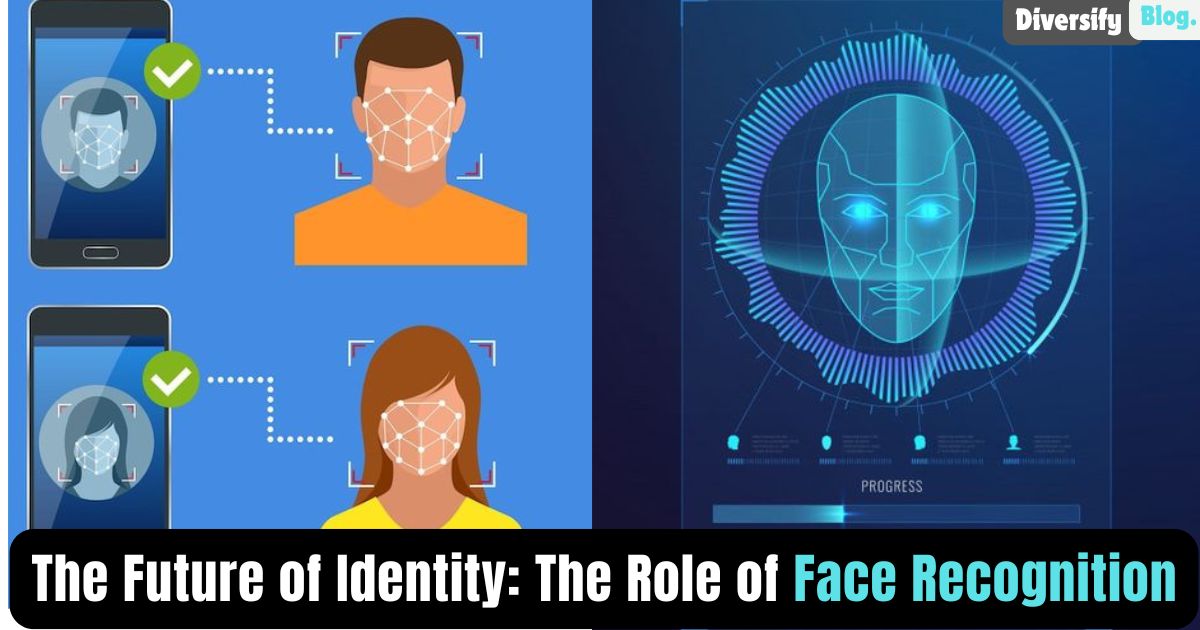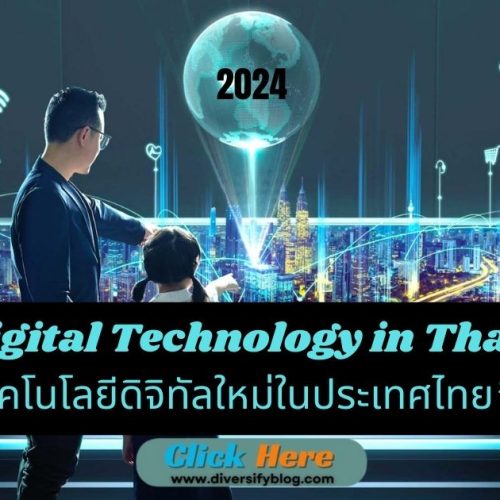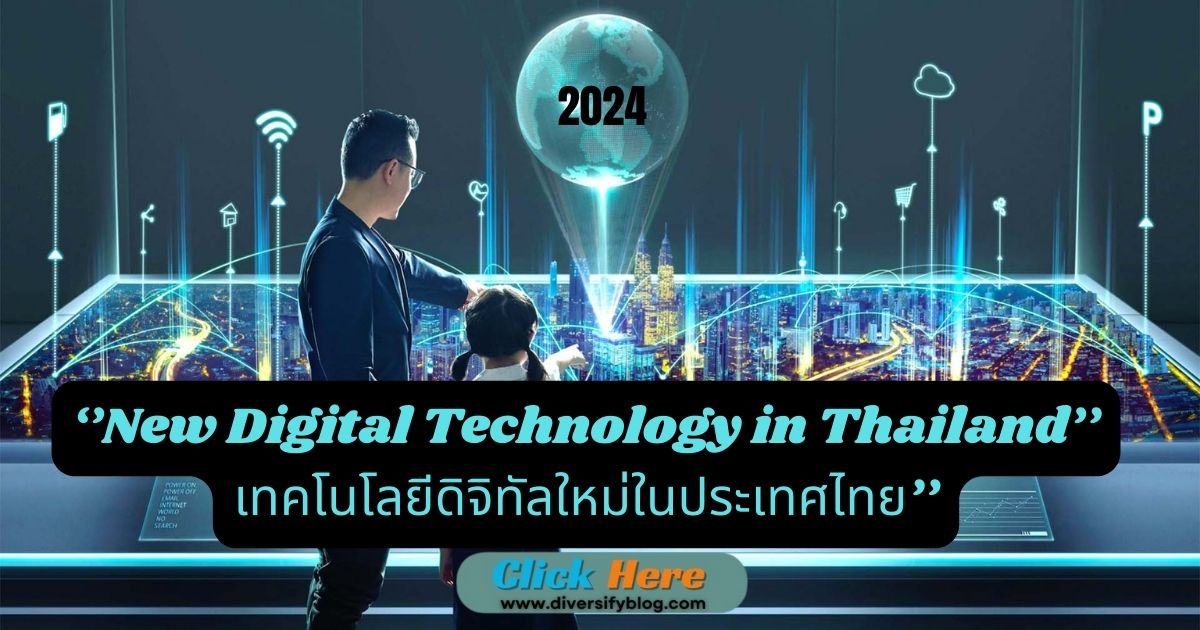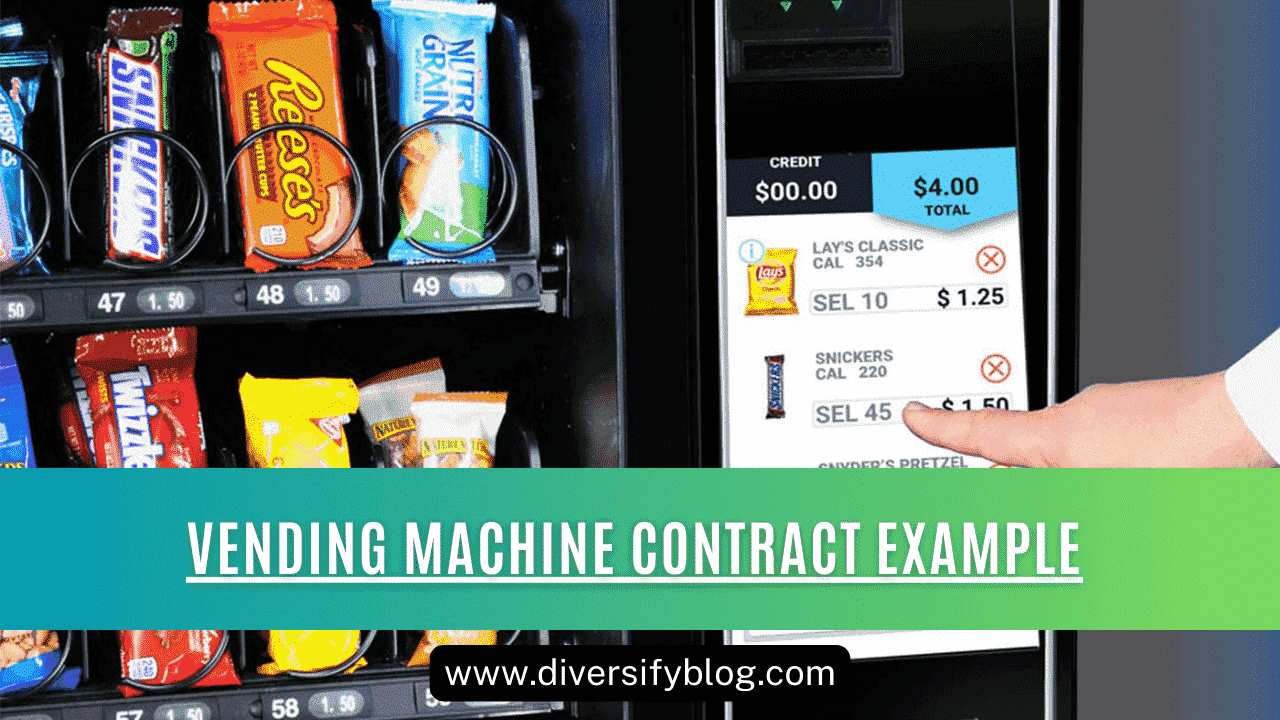Prologue to Face Recognition Innovation
Face Recognition innovation has arisen as quite possibly of the most extraordinary headway in the domain of computerized character checks. This innovation empowers the recognizable proof or checks of people by breaking down facial elements from pictures or video outlines. Starting during the 1960s with simple calculations, Face Recognition has advanced decisively because of the coming of man-made brainpower (computer-based intelligence) and AI. Today, modern frameworks can perceive faces progressively, making it an imperative instrument across different areas. As we keep on exploring an undeniably advanced world, understanding the ramifications and abilities of Face Recognition innovation becomes urgent.
Table of Contents
Current Uses of Face Recognition
Face Recognition innovation is presently used across a horde of areas. Policing, improves security by considering the distinguishing proof of suspects progressively, empowering faster reactions to possible dangers. For example, police offices in urban areas like Chicago and London have conveyed facial Recognition frameworks to help with wrongdoing tackling. In shopper innovation, cell phones utilize facial Recognition for secure open highlights, improving client accommodation while defending individual information. Retailers are additionally utilizing this innovation to further develop client encounters by dissecting pedestrian activity and customizing showcasing endeavors. These assorted applications show how profoundly implanted Face Recognition has become in day-to-day existence, offering both usefulness and advancement.
Advancement of Character Confirmation Frameworks
The advancement of character confirmation frameworks can be followed from customary techniques, for example, ID cards and actual marks, to the reception of biometric arrangements. Face Recognition addresses a critical jump forward in this movement, giving an additional dependable and secure method for affirming personality. Not at all like conventional techniques, which can be effortlessly produced or controlled, Face Recognition uses interesting facial elements, making it intrinsically safer. This shift works on the exactness of character checks as well as upgrades client comfort, preparing for additional effective cycles across businesses.
Effect of computer-based intelligence and AI on Face Recognition
Progressions in man-made intelligence and AI have upset Face Recognition innovation. With the execution of profound learning calculations and brain organizations, frameworks can now process and break down tremendous measures of information with wonderful speed and precision. These innovations empower facial Recognition frameworks to adjust and gain from new information, working on their exhibition over the long haul. For example, brain organizations can perceive examples and highlights in pictures, considering more exact IDs even in different lighting conditions or points. This upgrade is urgent for applications in security, where precise ID can affect well-being and weakness.
Advantages and Chances of Face Recognition
The advantages of executing face recognition innovation are significant. It, first and foremost, improves security by giving a dependable method for recognizing people in high-risk conditions, like air terminals or public occasions. Also, it further develops client encounters by empowering consistent connections, like speedy installments or customized administrations in retail settings. For organizations, the functional efficiencies acquired through mechanization and further developed client experiences can prompt expanded productivity. Besides, legislatures can use this innovation for improved public well-being and asset distribution, at last helping society in general.
Protection Concerns and Moral Ramifications
Regardless of its benefits, Face Recognition innovation raises critical protection concerns. The potential for consistent reconnaissance presents dangers to individual opportunities and common freedoms. Numerous residents are uncomfortable with being observed without assent, prompting fears of a reconnaissance state. Moral ramifications likewise emerge while thinking about the utilization of this innovation in delicate settings, like policing public observing. Inquiries of assent and the right to security are central, requiring conversations around how to capably carry out Face Recognition.
Administrative Systems Overseeing Face Recognition
The legitimate scene encompassing Face Recognition innovation is advancing as administrators wrestle with its suggestions. In Europe, guidelines like the Overall Information Security Guideline (GDPR) plan to defend people’s protection freedoms despite quickly propelling innovation. Different purviews have sanctioned or proposed regulations to restrict or control the utilization of Face Recognition, frequently zeroing in on straightforwardness and responsibility. Exhaustive arrangements are fundamental to safeguard residents from possible maltreatment and guarantee that Face Recognition is utilized morally and dependably.
Challenges in Exactness and Predisposition Alleviation
One of the critical difficulties in Face Recognition innovation is guaranteeing precision and alleviating predisposition. Studies have shown that many Face Recognition frameworks display higher mistake rates for people from underestimated gatherings, prompting worries about unreasonable treatment and segregation. Resolving these issues requires continuous innovative work to further develop calculations and datasets, it are delegated and comprehensive to guarantee they. Numerous associations are currently focusing on decency and dependability, executing measures to lessen predisposition and improve precision across segment gatherings.
Face Recognition in Security and Observation
Face Recognition assumes a basic part in security and reconnaissance applications. Policing uses this innovation to recognize suspects, screen swarms, and forestall crimes. For example, frameworks can break down video takes care from public spaces, giving constant cautions if a realized lawbreaker is recognized. Notwithstanding, the utilization of Face Recognition in reconnaissance brings up moral issues, especially concerning protection and common freedoms. Adjusting the advantages of upgraded security with the freedoms of people is a complicated test that society should address.
Business and Shopper Use Cases
Arising business utilizations of Face Recognition are reshaping purchaser encounters. In retail, organizations are utilizing this innovation to make customized shopping encounters, fitting promoting endeavors in light of client conduct. Installment arrangements that integrate Face Recognition improve exchange security while smoothing out the checkout interaction. As customer Recognition of this innovation develops, organizations are tracking down imaginative ways of incorporating Face Recognition into their tasks, making ready for a more associated and effective commercial center.
Mechanical Headways and Future Patterns
The eventual fate of Face Recognition innovation is promising, with a few patterns arising not too far off. Joining with other biometric frameworks, for example, fingerprints and iris filters, is supposed to improve security and exactness further. Also, progressions in portable applications will consider more far-reaching reception, empowering regular clients to use Face Recognition for secure access and personality checks. The potential for expanded reception across different ventures flags a shift toward more imaginative and effective character the executives’ arrangements.
Likely Dangers and Maltreatment of Face Recognition Frameworks
While Face Recognition innovation offers many advantages, it likewise conveys dangers of abuse and misuse. Unapproved reconnaissance and the potential for power grabbing by the state present huge dangers to individual security. Verifiable occurrences of Face Recognition being utilized to follow political nonconformists and minimized networks feature the requirement for severe oversight and responsibility. Guaranteeing that Face Recognition is utilized morally and capably is basic to forestall the disintegration of common freedoms.
Adjusting Accommodation and Protection
The compromise between comfort and protection is a focal worry in the discussion encompassing Face Recognition innovation. While it offers huge benefits as far as security and proficiency, it additionally presents dangers to individual protection privileges. People and associations should explore this complicated scene by accentuating straightforwardness and mindful use. Public mindfulness and commitment are fundamental in molding strategies that work out some kind of harmony between utilizing the advantages of Face Recognition while defending individual flexibilities.
Worldwide Reception and Local Viewpoints
The reception of face verification innovation differs altogether across the globe. Social contrasts, administrative conditions, and general suppositions impact how this innovation is seen and carried out. In certain areas, for example, China, Face Recognition is broadly acknowledged and coordinated into day-to-day existence, while in others, there is huge pushback against its utilization because of protection concerns. Understanding these territorial points of view is significant for creating successful methodologies for the mindful execution of Face Recognition innovation.
The Job of Face Recognition in Advanced Character The executives
Face Recognition innovation is ready to assume an imperative part in computerized character the board systems. As online exchanges and distant connections become progressively normal, secure character checks are fundamental. Face Recognition can upgrade security for web-based banking, access control, and personality confirmation, giving a consistent client experience. Incorporating Face Recognition into the computerized character of the board arrangements can assist associations with safeguarding delicate



















